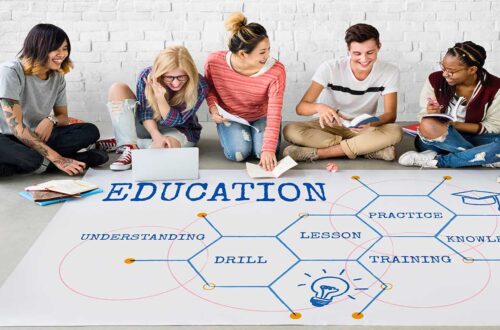The education landscape is undergoing a seismic shift in an era of rapid technological advancements. The integration of cutting-edge tools and methods is transforming traditional teaching models, enabling educators to deliver more engaging, personalized, and effective learning experiences. This evolution is not just modernizing classrooms; it is preparing students to thrive in a fast-changing world.
Technology’s Role in Education
Technology has revolutionized education by providing unprecedented access to information and resources. Online learning platforms, such as Khan Academy and Coursera, have made high-quality educational content available to millions across the globe. These platforms empower learners to study at their own pace, breaking barriers of geography and socioeconomic status. Additionally, tools like virtual and augmented reality bring lessons to life, immersing students in interactive and experiential learning environments that were once unimaginable.
Artificial Intelligence (AI) is another game-changer in education. AI-powered systems can analyze a student’s strengths and weaknesses, offering tailored recommendations to enhance their learning journey. For instance, platforms like Duolingo use AI to adapt language lessons to the learner’s proficiency level, ensuring a customized and effective learning experience.
Personalization and Accessibility
One of the most significant benefits of technology in education is its ability to personalize learning. Traditional one-size-fits-all methods often fail to address the diverse needs of students. However, with the advent of adaptive learning technologies, educators can provide customized lesson plans that cater to individual learning styles and paces. This personalization fosters better understanding and retention, helping students achieve their full potential.
Moreover, technology has made education more accessible than ever. Students with disabilities benefit from tools like screen readers, speech-to-text applications, and adaptive devices, ensuring they can participate fully in the learning process. Remote learning platforms also allow students in underserved areas to access quality education, bridging the gap between rural and urban education systems.
Challenges and Opportunities
While technology offers numerous advantages, its integration into education comes with challenges. The digital divide remains a significant issue, as not all students have equal access to devices and reliable internet connections. This inequality can exacerbate existing educational disparities if not addressed. Additionally, over-reliance on technology may lead to reduced social interaction and critical thinking skills if not balanced with traditional methods.
However, these challenges also present opportunities for innovation. Governments and organizations are investing in infrastructure and policies to ensure equitable access to technology. Teachers are being trained to use digital tools effectively, blending them with conventional teaching methods to create hybrid models that combine the best of both worlds.
Preparing for the Future
As technology continues to evolve, the focus must remain on leveraging it to enhance learning outcomes while fostering critical skills like creativity, collaboration, and problem-solving. The future-ready classroom is one where technology complements, rather than replaces, the human touch of teaching. By embracing this approach, we can equip students with the knowledge and skills they need to navigate an increasingly complex and interconnected world.
The transformation of education through technology is not just about innovation; it’s about creating opportunities. By harnessing the power of digital tools, we can build a more inclusive, engaging, and future-ready education system for all.
Share this content:




